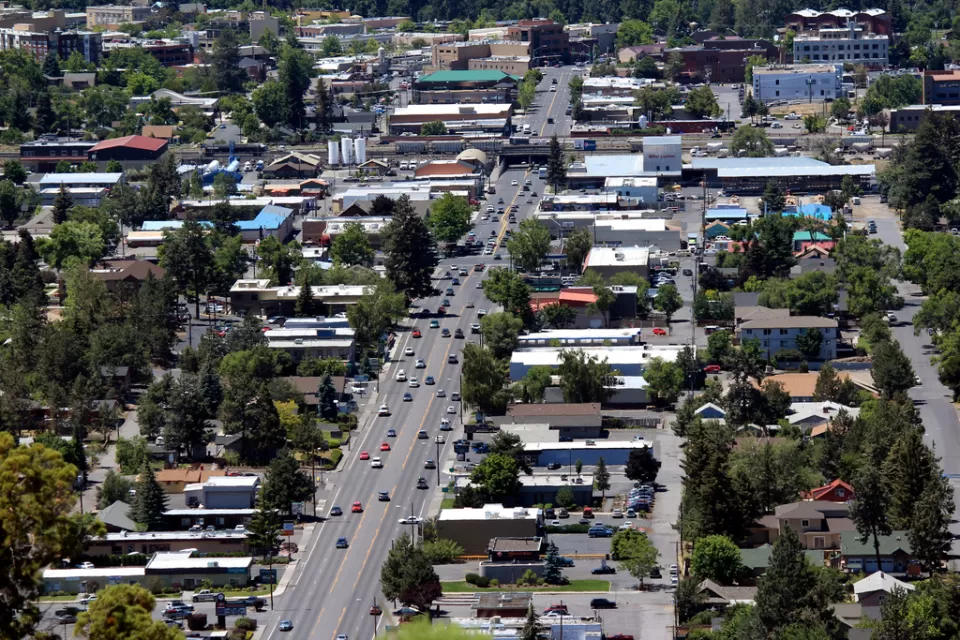New schools are consistently built far from community centers, while historic school buildings near where people live are demolished, The Blue Ridge Press reports.
"When Lyn Michell's son Warren was small, the family had the good fortune to live across the street from the boy's Atlanta elementary school. Now that Warren is in middle school, Lyn has joined legions of parents nationwide who drive their children through crowded suburbs just to get to and from school. When Warren enters high school, the commute will be even longer, the monthly gasoline bills bigger, and the route even more congested.
Unfortunately, this trend is escalating as new suburban mega-schools are built far from community centers, fueling sprawl, pollution and traffic. Meanwhile, America's old historic schools, in or near town centers, are being abandoned and demolished at an alarming pace - a wasteful trend driven by misguided federal and state policies and funding.
In the 1990s, school construction expenditures in the United States rose by 40 percent, with less than 20 percent of that spending used to renovate existing schools, according to a 2005 National Association of Realtors study. Nationally, approximately $253 billion was spent on public school construction and renovation between 1995 and 2004 - the lion's share going for new school construction, says the National Trust for Historic Preservation."
FULL STORY: New Schools + Big-Box Mentality = Sprawl

Maui's Vacation Rental Debate Turns Ugly
Verbal attacks, misinformation campaigns and fistfights plague a high-stakes debate to convert thousands of vacation rentals into long-term housing.

Planetizen Federal Action Tracker
A weekly monitor of how Trump’s orders and actions are impacting planners and planning in America.

Chicago’s Ghost Rails
Just beneath the surface of the modern city lie the remnants of its expansive early 20th-century streetcar system.

Bend, Oregon Zoning Reforms Prioritize Small-Scale Housing
The city altered its zoning code to allow multi-family housing and eliminated parking mandates citywide.

Amtrak Cutting Jobs, Funding to High-Speed Rail
The agency plans to cut 10 percent of its workforce and has confirmed it will not fund new high-speed rail projects.

LA Denies Basic Services to Unhoused Residents
The city has repeatedly failed to respond to requests for trash pickup at encampment sites, and eliminated a program that provided mobile showers and toilets.
Urban Design for Planners 1: Software Tools
This six-course series explores essential urban design concepts using open source software and equips planners with the tools they need to participate fully in the urban design process.
Planning for Universal Design
Learn the tools for implementing Universal Design in planning regulations.
planning NEXT
Appalachian Highlands Housing Partners
Mpact (founded as Rail~Volution)
City of Camden Redevelopment Agency
City of Astoria
City of Portland
City of Laramie


























